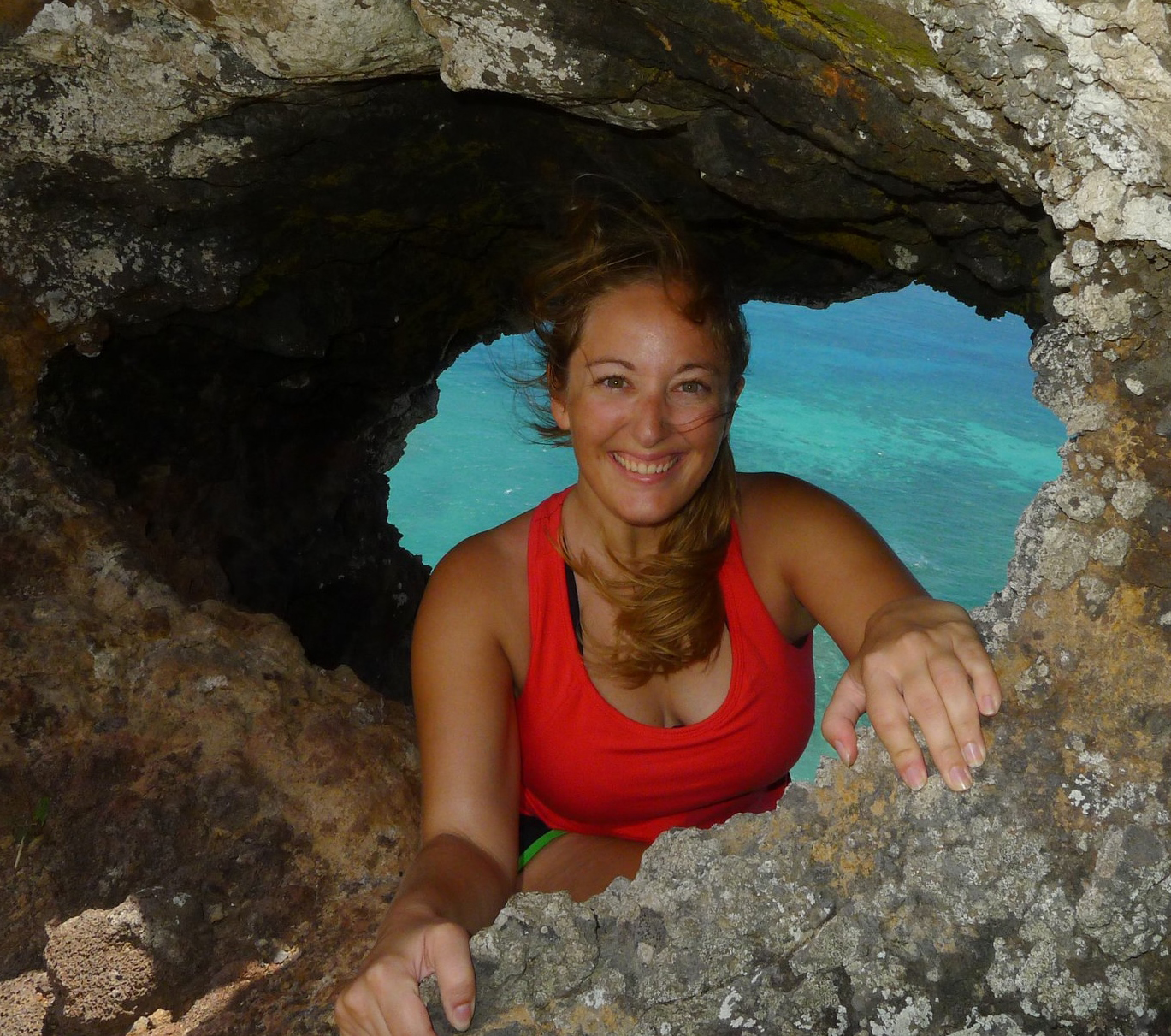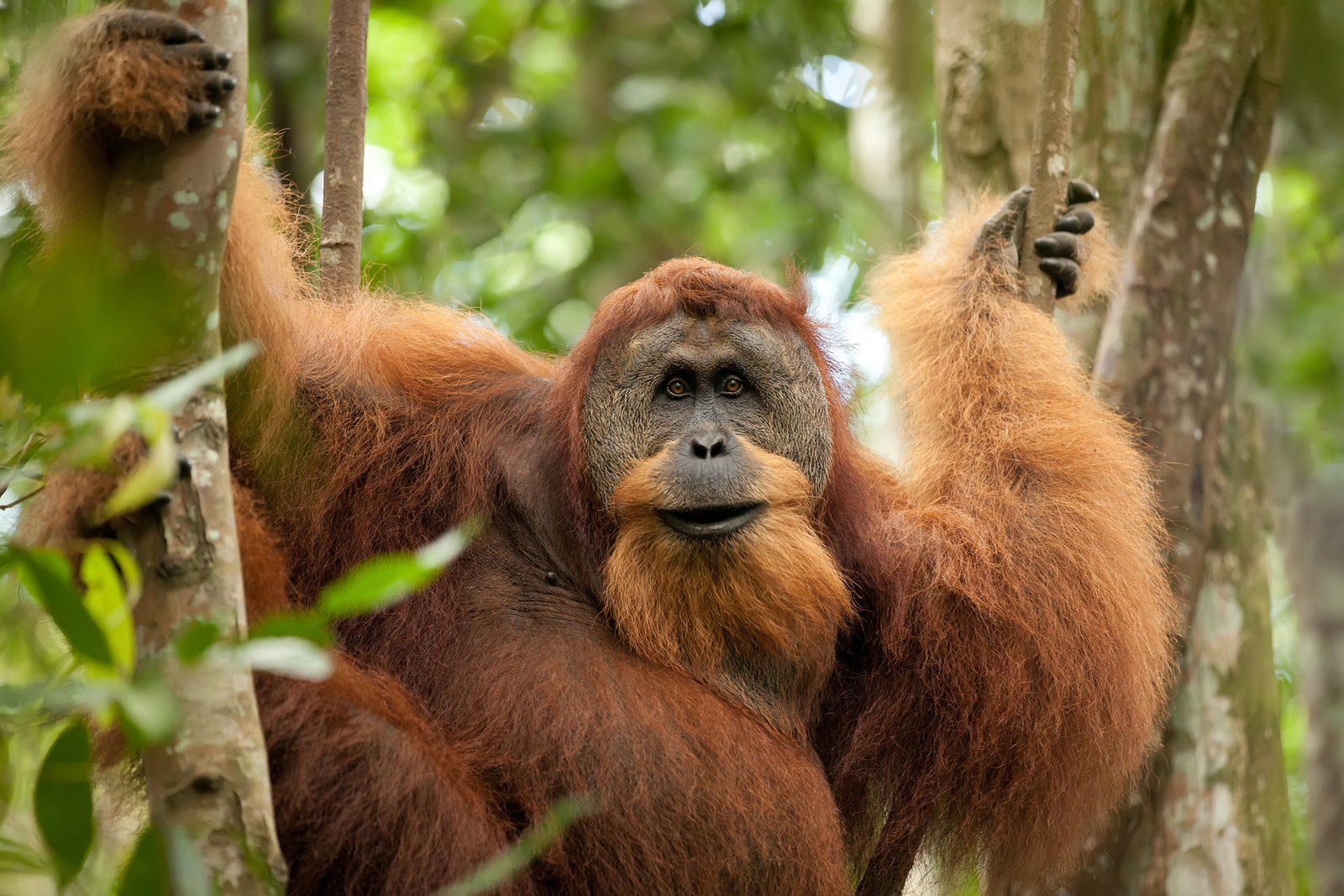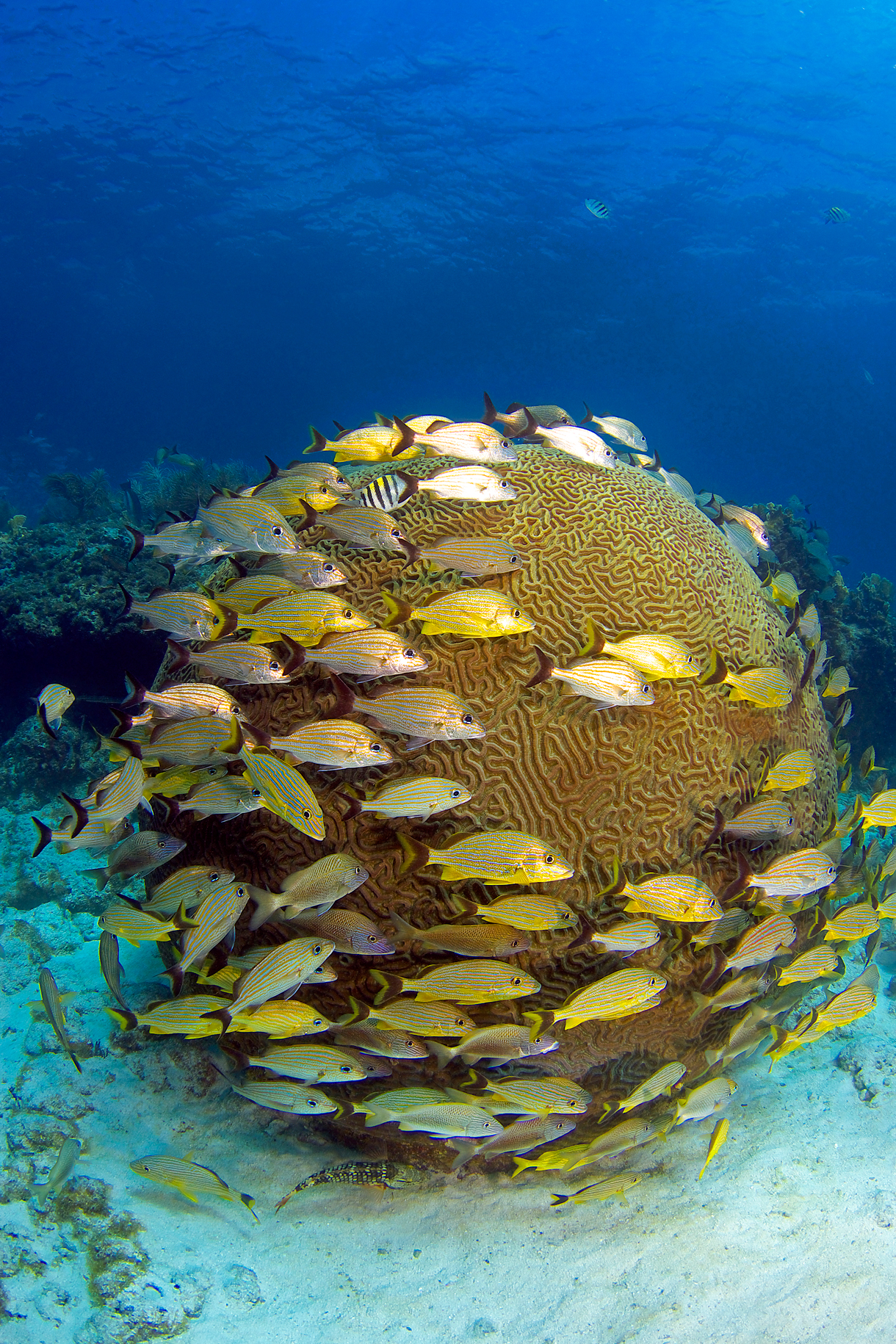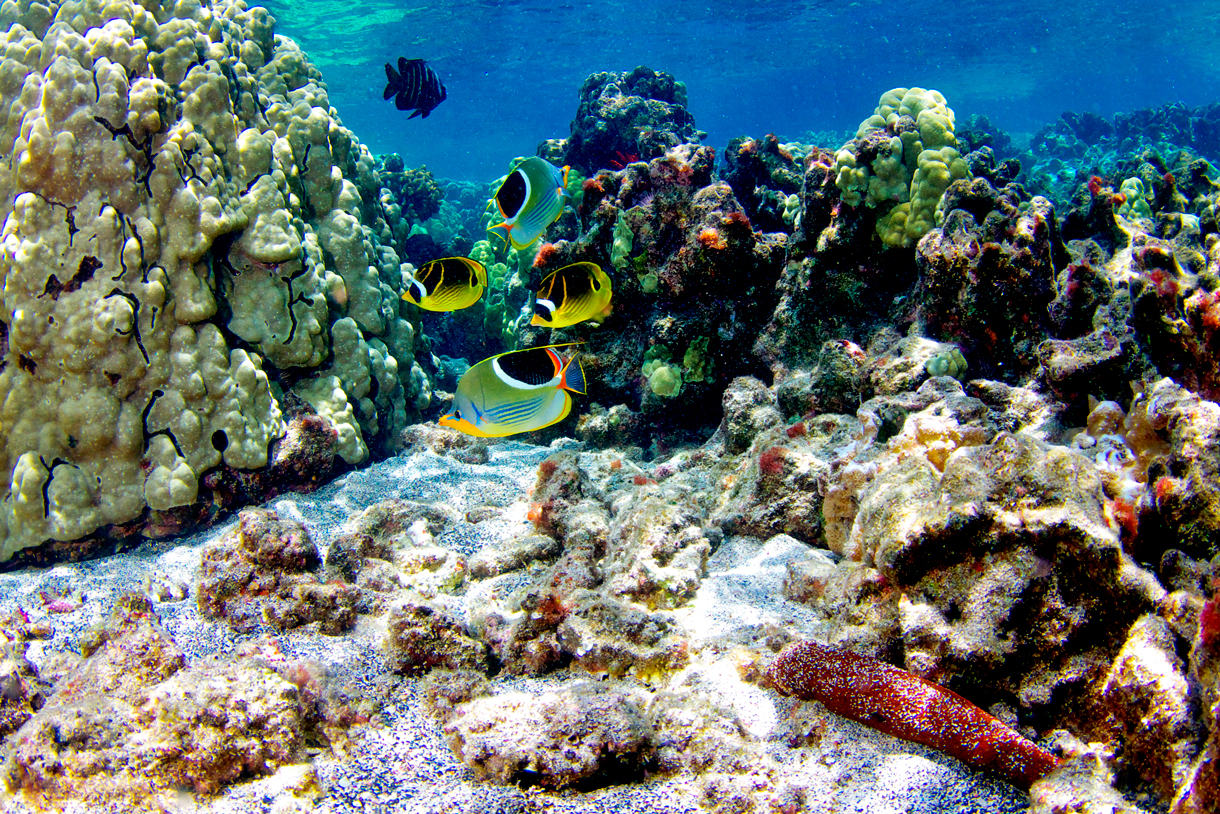Climate Departure Date
Air Date: Week of October 11, 2013

Shallow native coral reefscape, Hawaiʻi. Coral reefs, located in the tropics, will be some of the first ecosystems to experience climate departure. (photo: Keoki Stender, Marinelifephotography.com)
Scientists at the University of Hawaii have figured out a way to pinpoint when weather extremes at a given location will move outside the range of anything we’ve known in modern times. Geographer Abby Frazier, a co-author on the paper in Nature, tells host Steve Curwood it’s going to be sooner then we might think.
Transcript
CURWOOD: From the Jennifer and Ted Stanley Studios in Boston this is Living on Earth. I’m Steve Curwood. When it comes to forecasts of global climate disruption, there are a lot of computer models and numbers out there. Much of the data seems abstract, and the focus is often on the end of the century. But a study from scientists at the University of Hawaii has come up with concrete numbers that are easy to grasp - the exact moment when the climate in a given place will go outside the range of anything we've experienced in the last 150 years.
Abby Frazier is a researcher in geography at the University of Hawaii. She and her co-authors crunched the results of hundreds of climate research studies and models for a paper in Nature. The result? Startling predictions of just when climate norms will be outside the range of what we now regard as extremes.

The study found that the tropics will be the first region to experience climate departure (photo: bigstockphoto.com)
FRAZIER: For a lot of people looking at parts per million CO2 or degrees warming, it’s fairly abstract. So we thought that by giving a year of when we can start to expect these changes, it would help connect people more closely to the issue, and hopefully get them involved and aware of how urgent it is that we start to take action now.
CURWOOD: And what were your results?
FRAZIER: We found that globally, we can expect that most places on Earth will start experiencing unprecedented climates by 2047, and that these changes are expected to happen soonest in the tropics, as soon as 2020 in some locations.
CURWOOD: Unprecedented? What does that mean?

Abby Frazier (photo: Abby Frazier)
FRAZIER: What we did is we looked at the minimum and maximum temperatures that every location has experienced in the last 150 years, and we set those as the bounds of historical variability, and we then determined the year that the temperature goes outside of those bounds, of the minimum and the maximum that we’ve seen in the last 150 years, and we named that as the year of climate departure - when it goes outside the bounds and does not come back in.
CURWOOD: And you say this could happen in the tropics as quickly as seven years, within a decade?
FRAZIER: Exactly. Within a decade. And so the reason for this is that the tropics have a small natural climate variability. Their climate is relatively stable, so it doesn’t take much in terms of absolute changes to exceed those small bounds of natural variability.
CURWOOD: This is really interesting because we’ve been hearing all along that the coldest parts of the world, the Arctic and the Antarctic, are experiencing the most rapid warming.
FRAZIER: Yes. So that’s true. Most of the conversation on climate change focuses on the areas that will experience the largest absolute changes, but what our study is showing is that the tropics might be even more vulnerable than the high latitudes because they will start experiencing these changes first. Most of the world’s species are located in the tropics, and those species are adapted to these very narrow climate bounds, so it doesn’t take much to exceed what these species can tolerate.

Many species will have a very hard time coping with the higher extreme temperatures that are coming down the pike (photo: bigstockphoto.com)
CURWOOD: What are the consequences on biodiversity in the tropics of this kind of warming do you think?
FRAZIER: It’s hard to predict the precise implications for specific species, but we know the responses could be massive. We’ve seen responses in species for recent extreme events that we’ve experienced, and we’ve seen species that try to move, other species that try to adapt to the changes, and others experience massive die-offs or even extinction. So we can expect responses along the whole spectrum.
CURWOOD: Why are the tropics important for humans?

A fruit market in Bali, Indonesia. The majority of the world’s people live in the tropics, and will struggle to adapt to climate extremes. (photo: bigstockphoto.com)
FRAZIER: Most of the world’s population is actually concentrated near the tropics, and many countries in the tropics tend to have some of the lowest GDPs in the world. So these countries that are going to be hit first by unprecedented climates have the least economic capacity to respond, and these countries have ironically contributed the least to this change in the first place. So people in the tropics are going to start seeing these changes by 2020 in some places and by the year 2050, we expect five billion people around the world to be experiencing these unprecedented climates.
CURWOOD: How inevitable is all of this? What if we slash our current emissions?
FRAZIER: We analyzed two future greenhouse gas emissions scenarios in our study. We found that if we continue with our business as usual, that’s when we’ll reach this -- 2047. And even if we are able to cut our greenhouse gas emissions and take on this global mitigation effort, we find the year of climate departure on average will still happen by 2069, so that’s just 22 years into the future from the date if we do nothing.
CURWOOD: How surprised were you by these results?
FRAZIER: I think I was very surprised. We were very conservative in our whole analysis using the minimum and maximum, using every model we could get our hands on, and I think we expected, using this conservative greenhouse gas emissions scenario, that the climate departure wouldn’t happen within this century. So I think we were very surprised to find that even if we do take great action now, it’s still going to happen.

Boulder brain coral, surrounded closely by snappers, Key Largo, Florida. Tropical fish species will need to adjust to changing temperatures. (photo: Keoki Stender, Marinelifephotography.com)
CURWOOD: Abby, the research that you’ve helped developed here shows we’ll have this climate departure as you call it, as soon as 2020 in the tropics and for the rest of the planet before the middle of the century. How do you feel in response to finding this data?

Watershed overseeing coral reefs, Kāneʻohe Bay, Oʻahu, HawaiʻI (photo: Keoki Stender, Marinelifephotography.com)
FRAZIER: It’s kind of a mix of emotions. It’s very very sobering that these years are happening so soon and within our lifetime, and I think that’s what’s hitting us the most. On the one hand, it’s very exciting for me as a young PhD student to be publishing a paper in a journal like Nature, but the implications of the results are very striking. But the other thing that I think comes out of this for me, in terms of emotions, is hope that these numbers will end up maybe in policy decisions or can help just raise awareness about the issue. I think despite the fact that these numbers are fairly scary, it’s exciting in some ways that putting this out there we can actually make a difference.

Saddleback and Racoon Butterflyfishes in shallow reef flat, HawaiʻI (photo: Keoki Stender, Marinelifephotography.com)
CURWOOD: Abby Frazier is a researcher in geography at the University of Hawaii. Thanks so much for taking this time, Abby.
FRAZIER: Thank you so much for having me.
Links
Check out an interactive map of the climate departure dates around the world
Living on Earth wants to hear from you!
Living on Earth
62 Calef Highway, Suite 212
Lee, NH 03861
Telephone: 617-287-4121
E-mail: comments@loe.org
Newsletter [Click here]
Donate to Living on Earth!
Living on Earth is an independent media program and relies entirely on contributions from listeners and institutions supporting public service. Please donate now to preserve an independent environmental voice.
NewsletterLiving on Earth offers a weekly delivery of the show's rundown to your mailbox. Sign up for our newsletter today!
 Sailors For The Sea: Be the change you want to sea.
Sailors For The Sea: Be the change you want to sea.
 The Grantham Foundation for the Protection of the Environment: Committed to protecting and improving the health of the global environment.
The Grantham Foundation for the Protection of the Environment: Committed to protecting and improving the health of the global environment.
 Contribute to Living on Earth and receive, as our gift to you, an archival print of one of Mark Seth Lender's extraordinary wildlife photographs. Follow the link to see Mark's current collection of photographs.
Contribute to Living on Earth and receive, as our gift to you, an archival print of one of Mark Seth Lender's extraordinary wildlife photographs. Follow the link to see Mark's current collection of photographs.
 Buy a signed copy of Mark Seth Lender's book Smeagull the Seagull & support Living on Earth
Buy a signed copy of Mark Seth Lender's book Smeagull the Seagull & support Living on Earth

